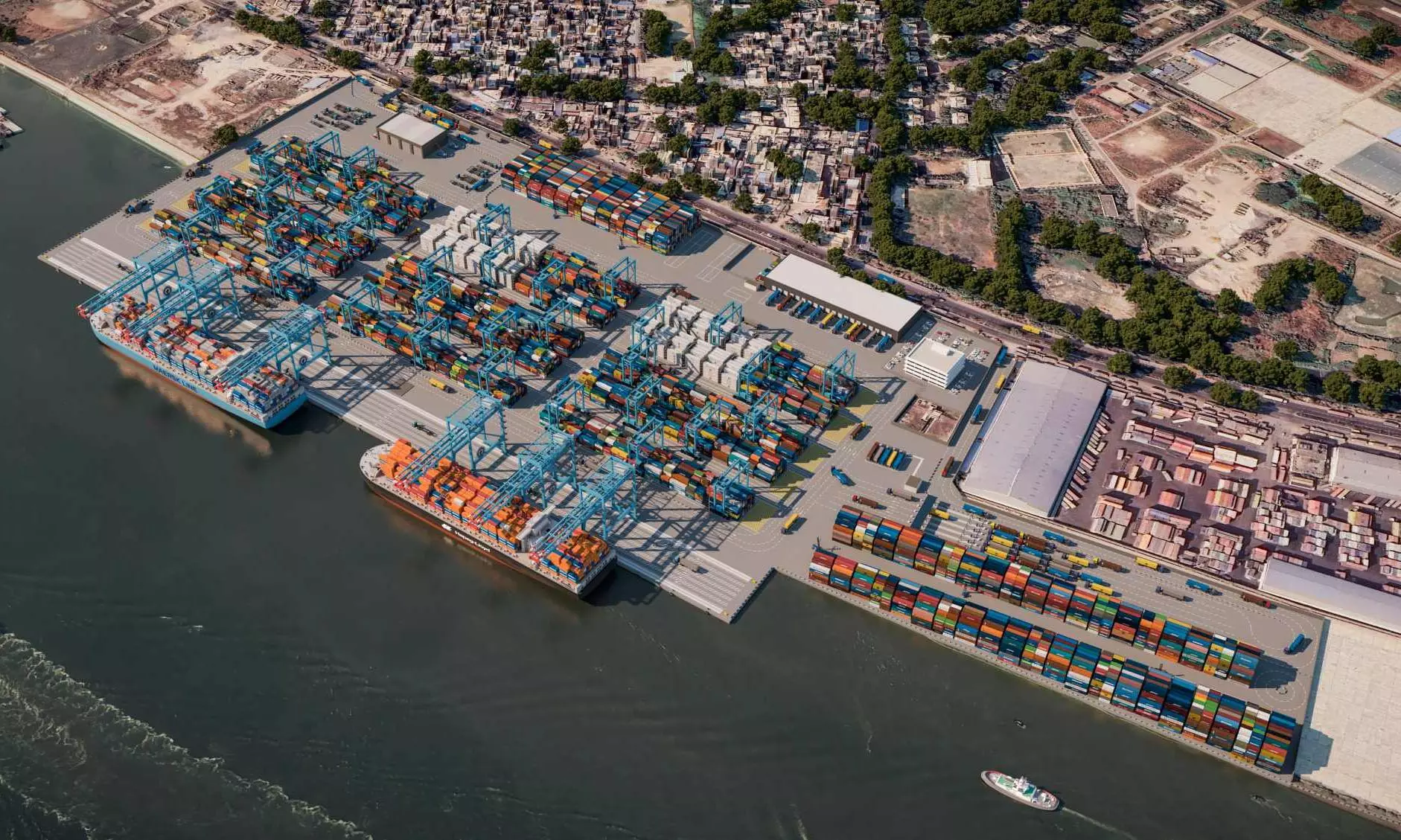Bangladesh signs $550m deal with APM Terminals for new port project
New Laldia Terminal to boost capacity, cut congestion and support greener trade as Bangladesh targets 2030 operations.

Bangladesh has secured more than $550 million in investment for the new Laldia Container Terminal in Chattogram, marking one of the country’s largest PPP projects and a significant boost to its maritime capacity. The concession agreement, signed between the Chittagong Port Authority and APM Terminals with local partner QNS Container Services, positions Bangladesh to enhance trade flows that are closely linked to India’s regional supply chains.
The agreement gives APM Terminals the right to operate the facility for 30 years, with a possible extension based on performance. The investors will design, finance, build and run the terminal, introducing a first-of-its-kind model in the country’s port sector. APM Terminals CEO Keith Svendsen said the project reflects the company’s commitment to supporting Bangladesh’s economy and creating skilled jobs.
The development forms part of the Sustainable Green Framework Engagement between Denmark and Bangladesh, which encourages green investment and long-term economic cooperation. Bangladesh’s Chief Adviser Professor Muhammad Yunus said the terminal will be the country’s first green port and its largest European FDI, helping exporters overcome logistics bottlenecks and improve competitiveness.
Denmark’s Foreign Affairs Minister Lars Løkke Rasmussen said the investment highlights the strong ties between the two nations, adding that Maersk already handles nearly 30 percent of all Bangladesh’s container traffic. Chittagong Port Authority Chairman Rear Admiral S. M. Moniruzzaman said the project will significantly improve the port’s capacity and efficiency, supporting more dynamic trade.
QNS Container Services Chairman Nurul Qayyum Khan said the partnership blends global expertise with Bangladeshi entrepreneurship, helping exporters and importers access efficient supply chains while reducing the cost of doing business.
Expected to be operational in 2030, the terminal will add more than 800,000 TEUs to Bangladesh’s annual handling capacity and strengthen its links to global markets, including those connected with India’s textile and manufacturing sectors. The new deep-water facility will eventually handle vessels of up to 6,000 TEU, more than double the current limit, helping reduce congestion and logistics costs.
The project is set to generate over 1,000 jobs during construction and over 500 during operations, along with indirect employment across logistics and manufacturing. Training and apprenticeship programmes will support the development of local talent.
Designed to meet international safety and environmental standards, the terminal will be one of South Asia’s early energy-efficient, low-emission port facilities. Key features include electrified cargo handling equipment, solar power systems and shore power readiness to lower emissions, noise and air pollution.



